Today, the number of people with diabetes in the U.S. is higher than it’s ever been, at around 37 million. Diabetes affects 1 out of every 10 people in the United States alone and does not yet have a cure. Over time, having diabetes dramatically increases the risk of developing heart disease, kidney disease, and vision loss. So what can we do to prevent diabetes or manage its health complications?
One key way to control diabetes is maintaining a healthy diet. But with so many diets and varied information out there, it’s hard to know where to start. While nothing is completely off-limits, some types of food are important to limit, and others can help diabetics better manage their blood sugar levels.
Read on to learn more about diabetes and some of the best and worst foods for diabetics.
Types of Diabetes
Diabetes is a chronic medical condition that impacts how the body produces or uses the hormone insulin, which helps convert the food we eat into energy our body can use. When there isn’t enough insulin or when cells stop responding to insulin, too much blood sugar stays in your bloodstream. Diabetes can lead to medical emergencies such as heart attack, kidney failure, vision loss, hyperglycemia, or hypoglycemia.
There are three major types of diabetes: Type 1, Type 2, and gestational.
Gestational
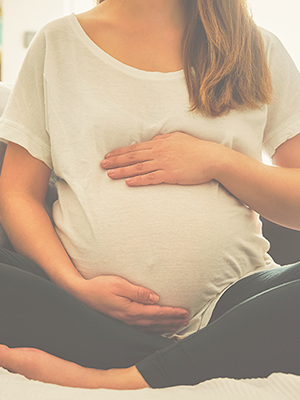
Gestational diabetes occurs when a woman’s body doesn’t produce enough insulin during pregnancy. The condition usually goes away after birth, but it increases both the mother’s and baby’s risk of developing Type 2 diabetes and other health problems in the future. Women who get pregnant later in life (especially those age 45 and older) have the highest risk for gestational diabetes. Losing weight (if you’re overweight), eating a healthy diet, and exercising are ways to prevent gestational diabetes before you get pregnant.
Type 1
Type 1 diabetes can result from an autoimmune reaction attacking the pancreatic cells, causing the body to produce little to no insulin at all. The exact cause of Type 1 diabetes may be genetic or from environmental triggers like viruses, but it differs from person to person. This less common form of diabetes is mostly diagnosed in children and young adults, though its onset can occur at any age. Treatment for Type 1 may include a healthy diet, increased exercise, insulin injections, and blood sugar checks.
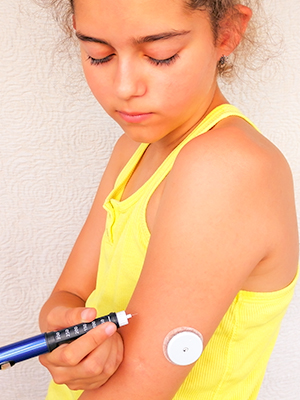
Type 2
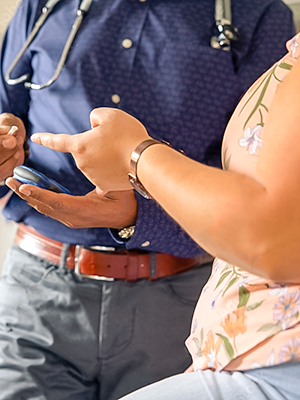
Type 2 diabetes is the most common form of diabetes and is developed over time. With Type 2, the pancreas still makes insulin, but it either doesn’t make enough, or the body can’t properly use the insulin being released (known as insulin resistance). This resistance is linked to obesity, inactivity, and poor dietary habits. Lifestyle and diet have the highest impact on preventing Type 2 diabetes, with research indicating a healthy diet and exercise can prevent about 9 in 10 of Type 2 diabetes cases.
In the past, most people diagnosed with Type 2 diabetes were older adults. But recently, more teenagers and children are being diagnosed, which may be tied to an increase in childhood obesity. Some people with Type 2 diabetes can manage the condition with a healthy diet and exercise, while others might benefit from adding oral medication and insulin injections.
Eating well is important for everyone’s health, but it’s especially essential for managing all forms of diabetes. Since 90% of diabetes cases are Type 2, below we’ll focus on the best and worst foods for Type 2 diabetics.
6 worst foods for diabetics
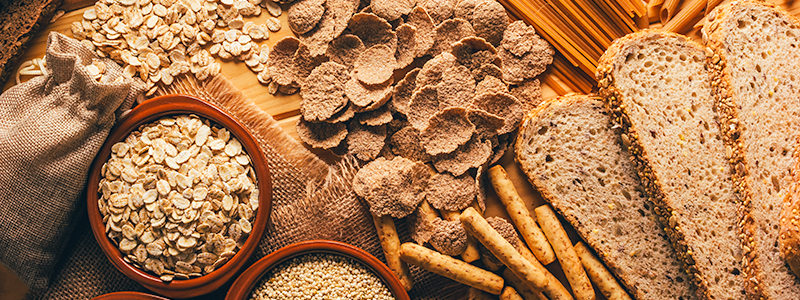
We all need carbohydrates, protein and fat in a healthy diet, but diabetics need to take extra care avoiding foods that will spike blood sugar or drive insulin resistance. Carbs have the greatest effect on blood sugar because they are broken down into sugar (glucose) and absorbed into the bloodstream.
The worst foods for diabetics include:
1. High-fat meat
High-fat meat is important for type 2 diabetics to avoid due to its saturated fat content. Saturated fats can raise cholesterol levels, increase inflammation and increase risk of cardiovascular problems. Meats to avoid include:
- Fried meat
- High-fat cuts of meat (ground beef, pork/beef ribs, pork bacon)
- Poultry with skin
- Deep-fried fish
- Sausages
- Hot dogs
2. Trans Fats
Like saturated fats, trans fats can be damaging to cholesterol levels. A good habit to get into is reading your food labels, as trans fats can even be found in foods that say they contain <0 grams of trans fat. “Partially hydrogenated oil” on a food ingredients list indicates the presence of trans fat. Trans fats are commonly found in:
- Fried foods
- Dairy products (milk, cheese, sour cream, yogurt)
- Dairy and non-dairy coffee creamers
- Shortening
3. Refined grains
Refined grains are low in fiber and high in carbs and provide little nutritional benefit. It’s best to limit consumption of:
- White bread
- White rice
- Pasta
4. Packaged Snack Foods
Pretzels, crackers, cookies and other packaged snack foods are typically low in nutrients and high in carbs. They’re often made with refined grains, which can quickly raise blood sugar levels.
5. Sugar-sweetened drinks
Sweetened drinks are often high in carbs and loaded with fructose, an ingredient directly linked to insulin resistance. The worst sugar-sweetened drinks are:
- Soda
- Sweet tea
- Lemonade
- Fruit juice
- Sports & energy drinks
6. Sweeteners
Diabetics should avoid consuming excess sugar because of its high carbohydrate content. In addition to white table sugar, the sweeteners below contain the same if not more carbs and should be avoided:
- Brown sugar
- Honey
- Maple syrup
- Agave nectar
- Molasses
Worst fruits for diabetics
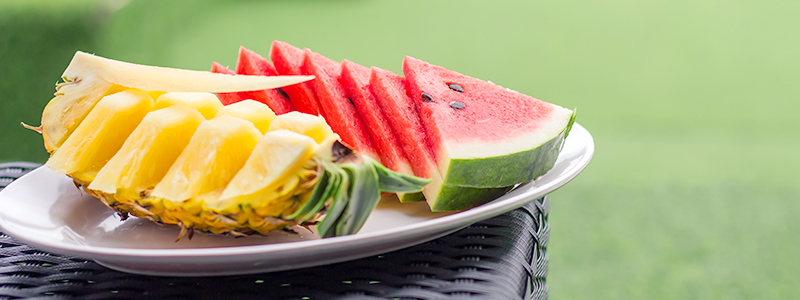
Fruit is healthy, right? Short answer — yes, but there are caveats. Fruits are not off-limits to diabetics and can still be enjoyed in moderation. However, certain fruits have a high glycemic index, meaning they are high in sugar and should be consumed in limited amounts. Overconsumption of these fruits risks causing a severe blood sugar increase in diabetics:
- Watermelon
- Overripe bananas
- Pineapple
- Dried dates
Best foods for diabetics
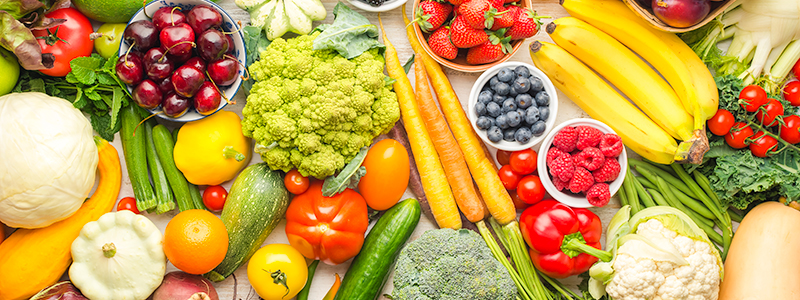
Managing blood sugar is the key to living well with diabetes, and eating well is the key to managing blood sugar. So what foods are especially healthy for people with diabetes?
High Fiber Fruits
Fruits contain some carbohydrates, so look for fruits that are high in fiber, like apples, citrus fruits, berries, melons, pears, and peaches. It’s best to enjoy fresh fruit rather than dried fruit or fruit canned in high fructose corn syrup which contains added sugar.
Vegetables
Load up on a rainbow of veggies like nutrient-dense greens (spinach, kale, arugula), broccoli, cauliflower, cucumbers, squash, bell peppers, eggplant, carrots, and onions. It’s best to eat veggies raw, lightly steamed, roasted or grilled with little salt or fat added.
Whole grains
Whole grains like quinoa, oats, brown rice, and farro have a lower glycemic index rating, meaning they do not impact blood glucose levels as much as refined-grain foods.
Legumes
Beans, lentils, and chickpeas provide protein and fiber and help manage blood sugar better than other starchy foods.
Nuts
Almonds, walnuts, pistachios, macadamia nuts, and cashews are fantastic snacks full of protein, fiber, healthy fats and low in carbs.
Seeds
Seeds like chia, pumpkin, flax and hemp are known to reduce blood glucose levels.
Protein-rich foods
There are lots of options, such as skinless poultry, seafood, lean cuts of red meat, tofu, tempeh, and eggs that keep blood sugar in check and protect heart health.
Heart-healthy fats
Try cooking with extra virgin olive oil, avocado oil, canola oil, sesame oil, or peanut oil. Avocados are also a great source of heart-healthy fats.
Beverages
Stick to low-calorie or zero-calorie drinks, like water, sparkling water (unsweetened), black coffee or cold brew, unsweetened tea, or fresh-pressed vegetable juice to avoid blood sugar spikes.
There are risks and benefits with any diet you choose for preventing or managing diabetes. Always discuss these choices with your primary care provider to find the best fit for you.
We’re here to help during diabetic emergencies
Diabetes symptoms are manageable with proper lifestyle changes and medication, but sometimes they can quickly turn into a medical emergency. Your Best Neighbors Ever are right down the road and ready to provide extraordinary care 24/7, including holidays! Click here to find your nearest Neighbors.
